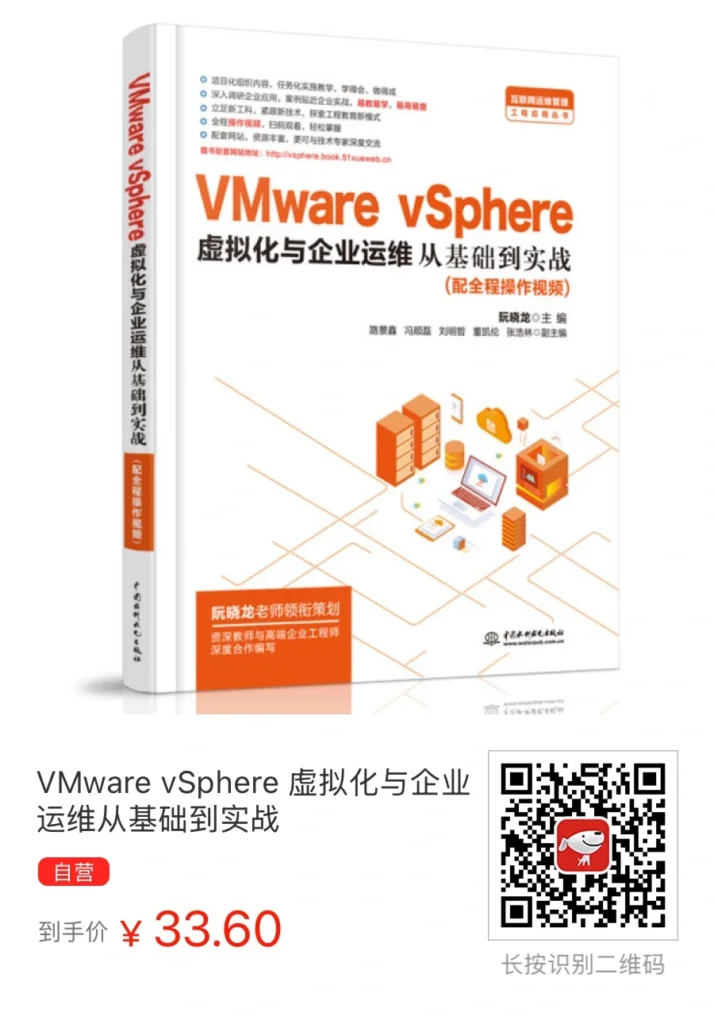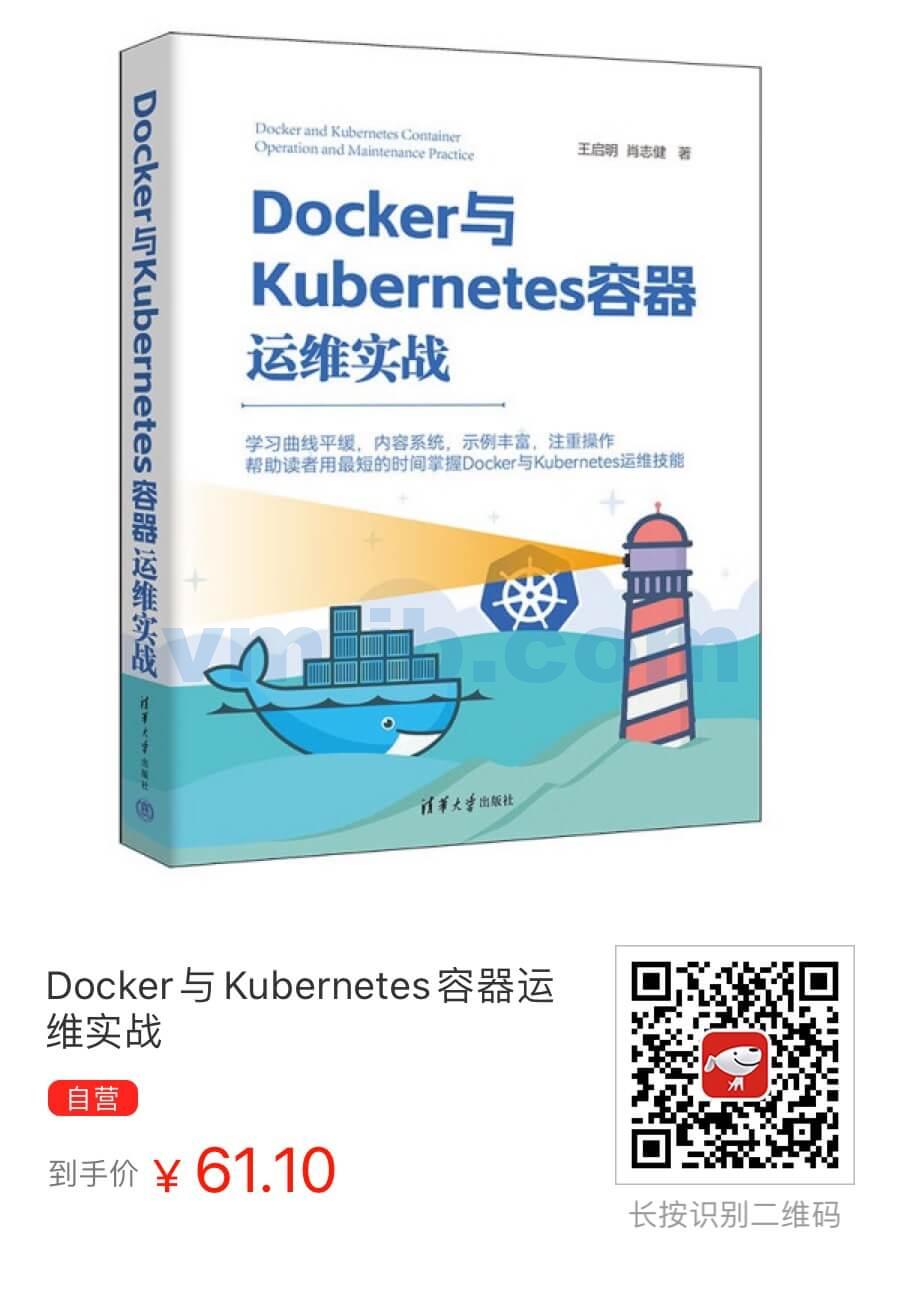To study for VMware HCI Master Specialist Exam | vSAN认证考试题目学习
60. A vSAN cluster recently experienced a network part tion due to a major network outage. The system administrator noticed that:
- The virtual machines running on the vSAN cluster remained powered on all hosts.
- When the network was restored, some VMs were duplicated between the different ESXi hosts.
What should the administrator check to prevent this from happening again?
- A. vSphere HA Admission Control
- B. vSphere DRS Advanced Parameters
- C. Proactive HA Failures and Responses
- D. vSphere HA Advanced Parameters
Explaination:
In a vSAN cluster experiencing a network partition due to a major network outage, and where virtual machines (VMs) are duplicated across different ESXi hosts when the network is restored, the system administrator should focus on settings related to handling host and VM failures. Let’s analyze the options provided:
A. vSphere HA Admission Control: This setting is used to ensure that sufficient resources are available in the cluster to provide high availability. While important, it’s more about resource allocation and ensuring that VMs can be restarted in case of a host failure, rather than handling network partitions and VM duplication.
B. vSphere DRS (Distributed Resource Scheduler) Advanced Parameters: DRS is primarily concerned with resource allocation to maintain optimal performance. Advanced DRS settings can be used to fine-tune this behavior, but they do not directly address network partitions or the issue of VM duplication.
C. Proactive HA Failures and Responses: Proactive HA can detect hardware conditions that could indicate a potential failure and migrate VMs away from affected hosts. While valuable for preemptive actions against hardware issues, it does not directly address network partitions or VM duplication issues.
D. vSphere HA (High Availability) Advanced Parameters: This is the most relevant option. vSphere HA deals with the availability of VMs in the event of host failure. Advanced HA parameters can be configured to handle different types of failures, including network partitions. By adjusting these parameters, the administrator can control how HA responds to network issues, potentially preventing the issue of VM duplication after a network partition is resolved.
Therefore, the system administrator should check and possibly adjust the vSphere HA Advanced Parameters (Option D) to prevent VM duplication in the event of network partitions. These parameters can be configured to manage how HA responds to scenarios like network partitions, which can help avoid issues such as VM duplication when the network is restored.
- 由于重大网络中断,vSAN集群最近经历了网络分区。系统管理员注意到:
vSAN集群上运行的虚拟机在所有主机上保持开机状态。
当网络恢复时,一些虚拟机在不同的ESXi主机之间重复出现。
管理员应该检查什么以防止这种情况再次发生?
- A. vSphere HA(高可用性)准入控制
- B. vSphere DRS(分布式资源调度器)高级参数
- C. 主动HA故障和响应
- D. vSphere HA高级参数
解释:
在由于重大网络中断导致网络分区的vSAN集群中,以及在网络恢复时虚拟机(VM)在不同的ESXi主机上重复出现的情况下,系统管理员应专注于处理主机和VM故障的相关设置。让我们分析提供的选项:
A. vSphere HA准入控制:此设置用于确保集群中有足够的资源提供高可用性。虽然重要,但它更多地涉及资源分配和确保在主机故障的情况下可以重启VM,而不是处理网络分区和VM复制。
B. vSphere DRS高级参数:DRS主要关注资源分配以维持最佳性能。可以使用高级DRS设置来微调此行为,但它们并不直接解决网络分区或VM复制的问题。
C. 主动HA故障和响应:主动HA可以检测可能表明潜在故障的硬件条件,并将VM迁移离受影响的主机。虽然对预防硬件问题很有价值,但它并不直接解决网络分区或VM复制问题。
D. vSphere HA高级参数:这是最相关的选项。vSphere HA处理主机故障时VM的可用性。可以配置高级HA参数以处理不同类型的故障,包括网络分区。通过调整这些参数,管理员可以控制HA对网络问题的响应,从而可能防止在网络分区解决后出现VM复制的问题。
因此,系统管理员应该检查并可能调整vSphere HA高级参数(选项D),以防止网络分区事件中的VM复制。这些参数可以配置为管理HA对诸如网络分区之类的场景的响应,这可以帮助避免在网络恢复时出现诸如VM复制之类的问题。






 VM技术助理
VM技术助理








